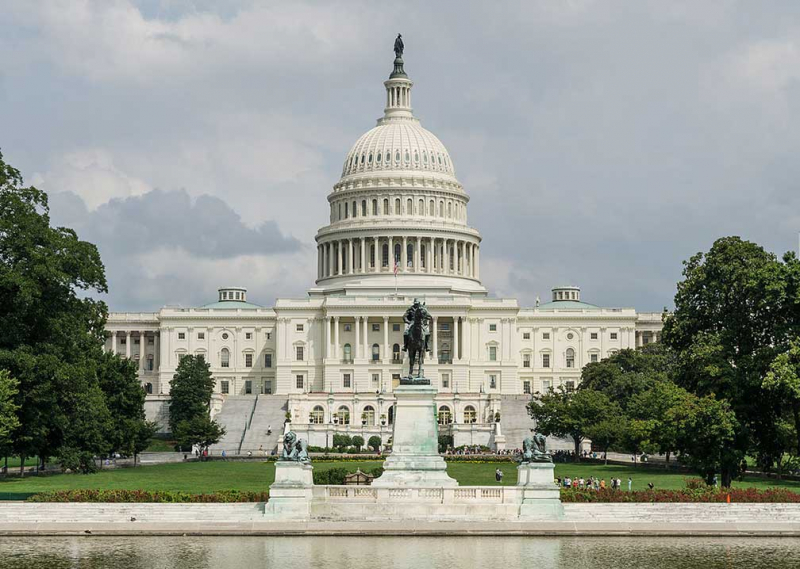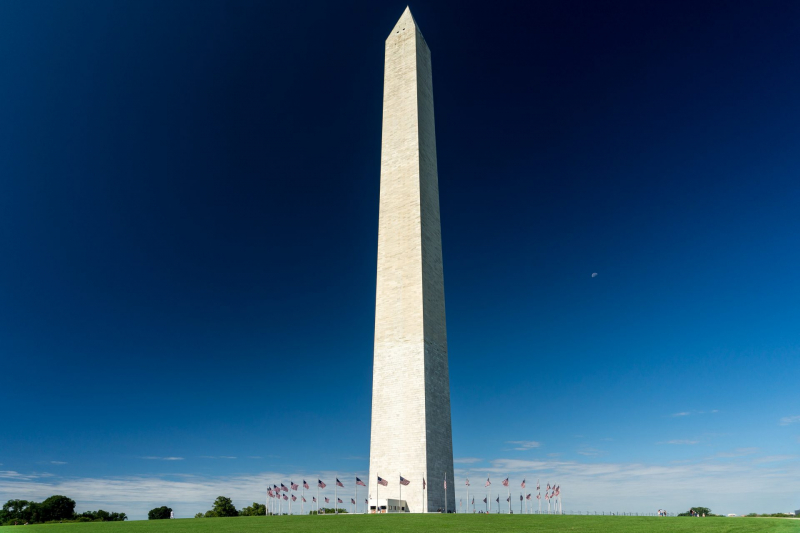Washington, D.C.

Washington, D.C., has long had a reputation as a stuffy government-driven town, thanks to its marbled monuments and high-profile politicians. Outsiders often perceive Washington as slow and inefficient, as John F. Kennedy once described it as a "city of southern efficiency and northern charm." However, our nation's capital is awash in new energy these days, transforming itself into an exciting, faster-paced East Coast vacation destination.
Although the government remains the city's sun, the District also has a number of well-known museums and interesting neighborhoods. D.C. is transforming into a thriving cultural hub, thanks to a recent explosion of restaurants, cafes, boutiques, and clubs. This isn't the Washington you remember from your middle school field trip, as the D.C. Tourism Board emphasizes in its DC Cool campaign. It's much hipper than that.
You can opt for a traditional D.C. tour that includes stops at the White House, the Washington Monument, the United States Capitol, and the Smithsonian National Museum of Natural History. And there's no better way to see the sights of Washington, D.C. than by taking a stroll through the Tidal Basin. (If you go in late March or early April, you'll be rewarded with a canopy of beautiful pink blooms, just in time for the National Cherry Blossom Festival.)
If you've already seen the national monuments, get a sense of the city's more youthful ambiance, which is highlighted by urban neighborhoods, prestigious art galleries, and bustling farmers markets. While seeing the city as you remember it from history books will only take a few days, experiencing the Washington that today's residents know and love could take months.
- Best Times to Visit: September to November and March to Ma
- Best Things To Do: enjoying fresh food, arts and nightlife scenes, going to farmers markets, watching a show and pink cherry blossoms
- Location: Washington, D.C.















